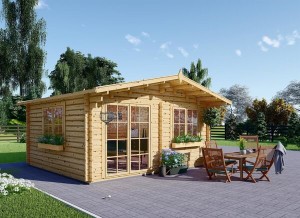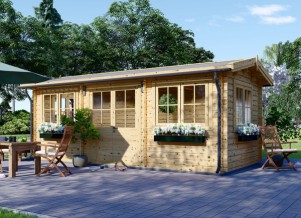Lemongrass not only tastes good it also has tons of medicinal benefits. As such, it is an ideal plant to have in your backyard and will add to the aesthetics brought about by your wooden shed (click here). You will be happy to know that growing it is quite easy and little care goes into ensuring its success. Whether you are cultivating it for say drinks, such as smoothies and teas, or are looking to add some beauty to your outdoors, this plant will serve you well. Here is how to plant and take care of lemongrass:
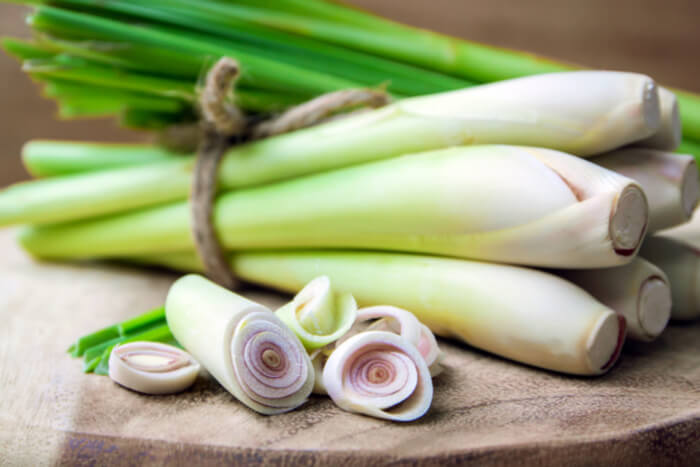
Starting From Seeds
You can plant your lemongrass from seeds or stalks, and both options have impressive benefits. It comes down to how much time you want to set aside to wait for the crops to mature, as well as the success rates you wish to have. If you plan on using seeds, you won’t require much money for the process. Additionally, the purchase of supplies will not set you back much as you can get most of the materials from your home. Where you lack some of the materials, you can get them from the local gardening center.
Most people prefer to plant their seeds towards the end of February or the beginning of March as this is the ideal growing time for these plants. However, you can grow them at any time, especially when you have a wooden shed as this means you can provide the required conditions. Thus, the timing should not be an issue during your preparations.
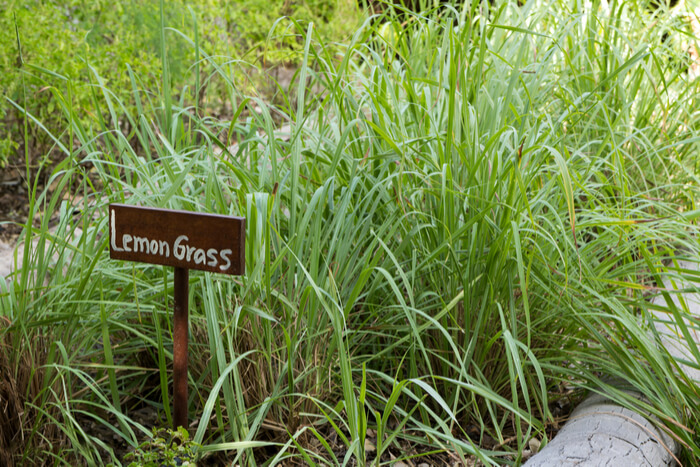
Start by getting a one-gallon container for every plant that you want to grow such that where you wish to have ten lemongrass plants, you will need ten containers. In addition to the individual containers, it is also necessary to buy potting soil that is adequate for all the plants, seed starting mixes, as well as seed starting trays. If you are unable to get the latter, you can use plastic bags in their stead. However, for all these previous requirements, it is essential that you get them as stated.
You might find that your local garden store does not have seeds. If this is the case, you can look for sellers online or check out the nurseries in your locality. As long as you get the seeds from a reputable source, you should be okay.
Lemongrass seeds are sensitive to heat, meaning that they need to be in conditions with temperatures of about seventy degrees as they germinate. Where you plan on starting the seeds in a place where you cannot control the temperature, a seeding heat mat should come in handy. If you do have the seeds in a wooden shed, the mat will not be necessary as you can alter the conditions.
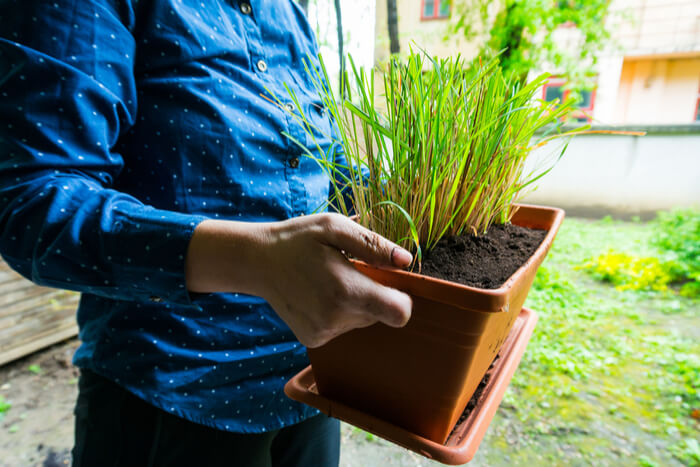
Germination
The seeds will not be strong enough to go into the soil the moment that you buy them. As such, you will start by placing them in a dark and warm area where they can sprout. This process will take about one to two weeks, during which time you should closely monitor their growth. The sprouting is relatively easy if you live in a warm region. However, the seeds will germinate in cold areas too, though at a slower rate. You can speed up the process by warming your wooden shed.
Once the seeds have sprouted, they can now go into the seed starting mix which you will have placed in the trays. Insert the seeds to a depth of a quarter of an inch and cover the mix with a plastic bag or dome. If you feel that the environment is cold and may hinder germination, place a heat mat under the trays to speed up the growth. Ensure that the seeds get adequate water by watering them each day as you replace the plastic bags. The mix should be damp but not wet. When you notice that the seeds have green seedlings, proceed to get rid of the bag and move the plants to a location where they can receive full sunlight for at least five hours each day. Proximity to a south-facing window in the wooden shed will do the seedlings a lot of good in this process.
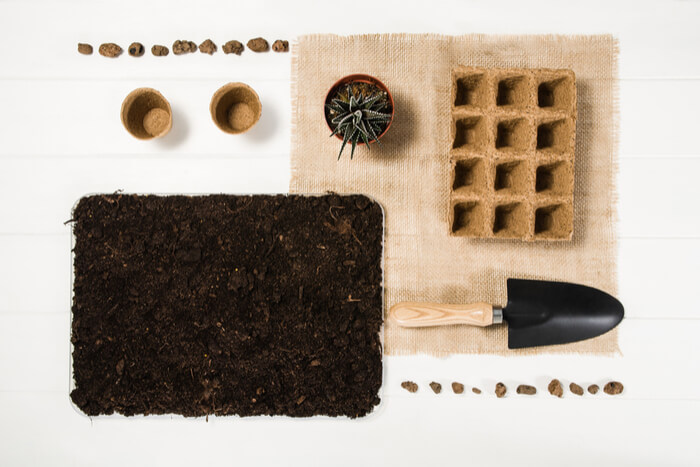
Once the seedlings reach a height of six inches, they are ready for transplanting, as this will allow them adequate room to grow. Start by filling a one-gallon container with rich and well-draining soil before adding half a cup of fertilizer. Place each seedling in a pot at a depth of about a quarter of an inch. Keep watering the seedlings at a frequency of about two to three times each week. You can water them at more frequent intervals if the soil dries at a fast rate.
Growing Stalks
The benefits of using stalks are that you get the lemongrass to mature at a faster rate than seeds. It’s also a great idea for beginners to gardening, as well as people working with a budget. You can get the stalks from an Asian market or an organic grocery store or another establishment which deals with seedlings. You will also need one-gallon planting pots as well as potting soil and organic manure.
Rooting
Place the stalks in a jar of water and set it in a location with access to full sunlight. Replace the water every day or two and wait for about two weeks for roots to emerge from the base. You can then transplant the stalks once the roots are at least three inches long and there are leaves at the top of the stems. The importance of this step is that it allows the roots to grow out, thus providing a means in which the stalks can transfer nutrients to other parts of the plant.
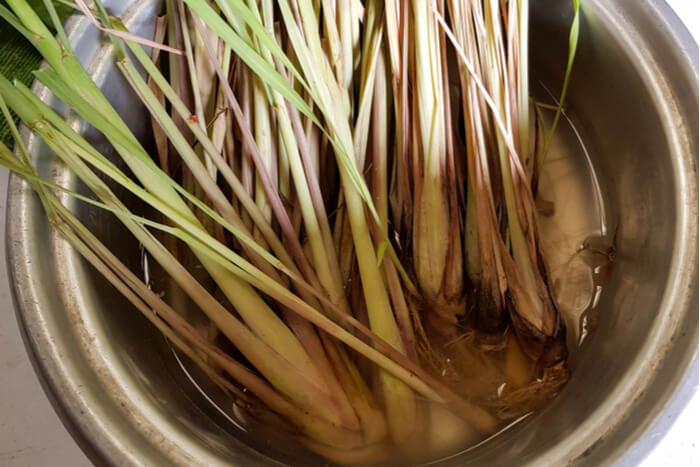
As you transplant the stalks, take caution such that you do not damage the roots. The containers should have soil up to ¾ of their height as you place the rooted stems. You should also add a quarter cup of fertilizer to the soil to help stimulate growth. Aftercare practices will be like those of the seeds, so be sure to keep up with the watering whenever necessary.
When the stalks mature, you may need to replant some of them, especially where they appear crowded. You can do this outside your wooden shed or in a larger container as this will allow the roots to expand with ease.
Harvesting
Once the stalks reach a height of twelve inches with a thickness of half an inch, you can start harvesting them and using them in teas, salads and any other purposes which you deem fit.
Planting lemongrass is that simple. Always remember to have fun!


